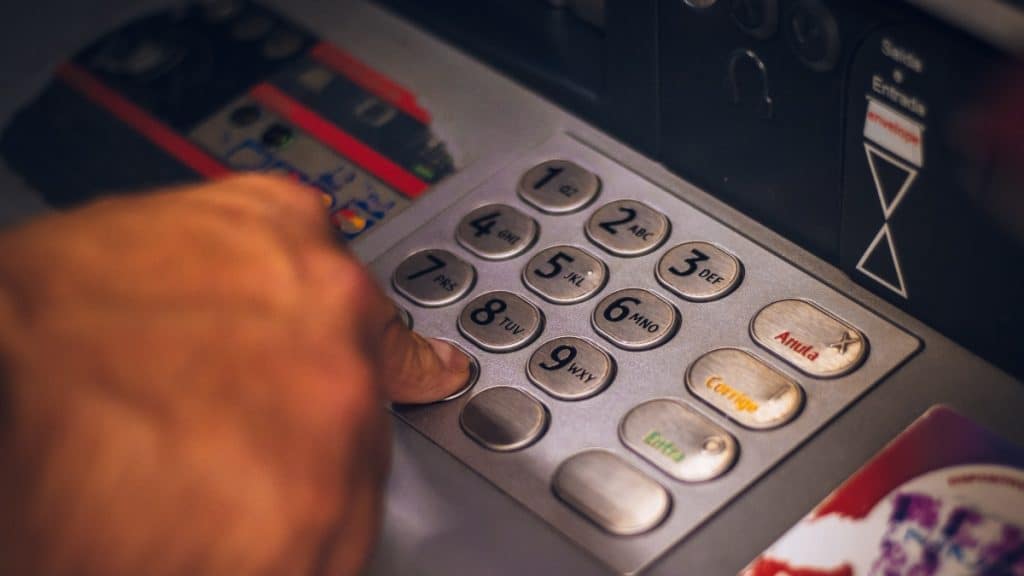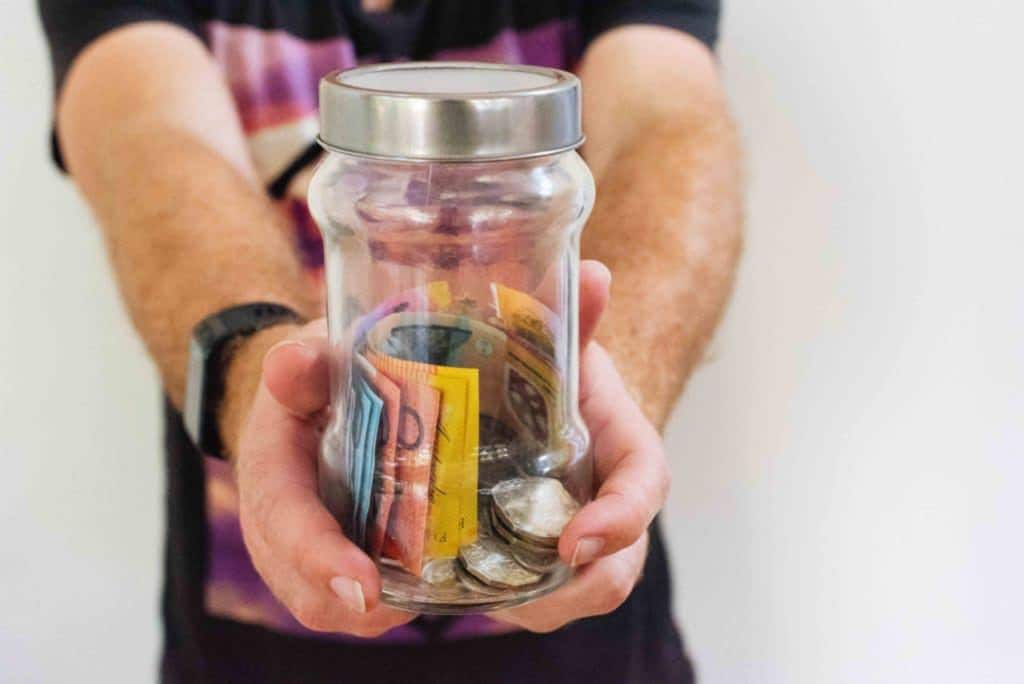
If you plan to live, work, or travel in Australia, opening a local bank account is one of the first steps to take. It will make getting paid, managing daily expenses, and avoiding foreign transaction fees much easier. The good news? Opening a bank account in Australia is quick and simple, and in some cases, you can even start the process before you arrive!
Table of Contents
Why Open a Bank Account in Australia?
Here are some key benefits of opening an Australian bank account:
✔️ Get Paid Easily – Most employers require an Australian bank account to process your salary.
✔️ Avoid Expensive Foreign Transaction Fees – Using a foreign bank card can come with hefty charges.
✔️ Convenient Money Transfers – Easily move money between your home country and Australia at lower costs.
✔️ Hassle-Free Withdrawals – Access ATMs across Australia without extra withdrawal fees.
✔️ Make Online & Contactless Payments – Most stores, restaurants, and transport services accept card and digital payments.
✔️ Better Security – In case of card loss or fraud, resolving issues is much easier with a local bank.
💡 Important: Open your account within the first 6 weeks of arrival to avoid extra paperwork. After this period, banks require additional documents to verify your identity.
How to Open a Bank Account in Australia?
Required Documents
To set up an account, you’ll need:
- Passport – Your primary form of ID.
- Australian Phone Number (recommended, but can be updated later).
- Tax File Number (TFN) – Not mandatory at first but needed for tax purposes.
- Australian Address – Can be a hostel, friend’s house, or even a Post Office box.
- Overseas Tax Number (if applicable).
Once your account is open, you’ll get online banking access and a debit card. Most banks also have mobile apps for managing your money easily.
💳 How to Get Your Bank Card?
Your debit card will be:
📩 Mailed to your Australian address (5-7 business days).
🏦 Collected at a branch (some banks allow same-day pickup).
In parallel with your bank account, your online banking account will also be created. This will allow you to manage your different accounts easily online. We also advise you to download the bank’s smartphone app to facilitate transfers between your accounts, monitor your expenses, etc.
Can You Open a Bank Account Before Arriving?
YES! Some banks allow you to apply online from abroad, so your account is ready when you land.
Once in Australia, visit a local branch to verify your identity and collect your card.
Popular banks offering pre-arrival account setup: Commonwealth Bank, NAB (National Australia Bank)…
Choosing the Right Bank in Australia
It’s all well and good to open a bank account, but with which bank and why? Everybody is going to be asking themselves this question. Even if bank services are generally pretty similar, each bank has its own particularities. It is necessary to take into account certain criteria such as:
- Bank coverage throughout Australia (you want to be able to find ATMs from this bank in all states and territories of the country)
- Whether bank fees are fixed or not
- The interest rate of the different savings accounts offered
- If the bank offers a superannuation account
- If there are any partnerships with banks in your home country
The “Big Four” Banks
These are the largest and most established banks, with branches and ATMs nationwide:
1️⃣ Commonwealth Bank – Largest bank in Australia, great for international students and WHV holders.
2️⃣ ANZ Bank – Offers free international transfers and strong online banking.
3️⃣ Westpac – Partnered with Barclays, Deutsche Bank, and Bank of America, making international transfers easier.
4️⃣ NAB (National Australia Bank) – No monthly fees on certain accounts.
Other Popular Banks & Online Banks
- ING Direct – No international ATM withdrawal fees.
- Citibank – Good for global travelers.
- HSBC – Offers international banking services.
- Revolut / Wise – Online banks offering multi-currency accounts and lower international fees.

What to Consider When Choosing a Bank?
Fees and Charges
One of the first things to examine is the fee structure of the bank. Different banks have varying fee schedules, including monthly maintenance fees, ATM withdrawal fees, overdraft charges, and foreign transaction fees. Look for a bank that offers a fee structure that aligns with your financial needs and usage patterns.
Interest Rates
If you’re opening a savings account, it’s crucial to compare interest rates offered by different banks. A higher interest rate can help your savings grow faster over time. Check whether the bank offers competitive rates for the type of account you want.
ATM Access
Consider the bank’s ATM network. Some banks have extensive ATM networks across Australia, making it convenient for you to withdraw cash without incurring additional fees. Others may charge fees for using ATMs outside their network.
Customer Service
Good customer service is essential for resolving issues and answering questions. Look for banks with a reputation for excellent customer support, available through multiple channels (phone, email, chat).
Online and Mobile Banking
Evaluate the bank’s online and mobile banking capabilities. A user-friendly digital platform can simplify your banking tasks, such as checking balances, transferring funds, and paying bills. Ensure that the bank’s app or website meets your needs and is easy to navigate.
Accessibility of Branches
Depending on your location and preferences, you may want to consider the availability of physical branches. Research whether the bank has branches or partner branches in your area.
Account Features
Compare the additional features and benefits offered by different banks. This could include features like overdraft protection, rewards programs, linked accounts (e.g., savings and checking), and mobile check deposit.

Useful tips
- Do your research in advance: Before you leave, take the time to compare what different banks have to offer and check whether you can open an account remotely.
- Be prepared to provide an address in Australia: Even if it’s just a temporary address, you’ll need it to open your account.
- Consult other WHV makers: The groups and Facebook pages of WHVs in Australia can be an excellent source of information and advice on the best banks and the steps to take. Research the bank’s reputation and read reviews from current and former customers.
Everyday Banking In Australia
There are two main types of bank accounts:
- Everyday account: You receive a bank card and you are able to withdraw money, pay online and in shops, and receive payments.
- Savings account: These accounts give you interest on your savings.
Which one to choose? Both! Without going into all the financial advantages you can get, let’s talk about a key factor for your Australian road trip: saving.
It is smart to use a savings account to “store” the majority of your money. You can use your current account for your daily expenses, and transfer money from your savings account if you start to run low. That way, if you lose your bank card or if it gets stolen, you don’t risk losing all your money. Of course, banks have insurance that enable you to get your money back eventually, but the process can take time.
Most bank accounts come with a Visa or Mastercard Debit Card, which allows you to:
✔️ Withdraw cash (free from your bank’s ATMs).
✔️ Pay in stores & online (contactless & chip payments).
✔️ Use Apple Pay / Google Pay for mobile transactions.
⚠️ Fees to Watch Out For
🚨 Foreign transaction fees (avoid using overseas cards).
🚨 ATM withdrawal fees (use your bank’s ATMs to avoid charges).

How to Transfer Money to Australia?
Generally, you will have two different options to transfer your money to Australia. Either you go through your bank (classic account-to-account transfer), or you go through an international transfer platform (recommended).
Option 1: Bank Transfers
Most banks allow you to transfer money internationally, but fees can be high (sometimes $15 – $30 per transfer).
Option 2: Online Money Transfer Services (Best Choice!)
💰 Wise (formerly TransferWise) – Best exchange rates, low fees.
💰 Currencyfair – Good for larger transfers.
💰 OFX – No transfer fees for amounts over $10,000 AUD.
If you go through a platform, you will have to add the IBAN of the platform as the beneficiary of your transfers to your home bank account. Then the platform will make the transfer to your beneficiary account in the chosen currency. Keep in mind that it takes 1 to 3 days (depending on the bank) for the IBAN to be validated. To add this IBAN to your beneficiaries, log into the issuing bank account (the one from which you are transferring the money).
Transfer Money to Australia 💸
Save money when transferring money to Australia.
Opening a Superannuation Account
Superannuation, often called “super”, is Australia’s mandatory retirement savings scheme. It is a contribution made by employers in addition to your salary, ensuring that workers build financial security for their retirement.
It is a Mandatory Employer Contribution. If you earn over $450/month, your employer is required to contribute 11,5% of your salary (due ti increase to 12% in July 2025) into a super fund.
Most major Australian banks and dedicated super funds offer superannuation accounts. You can either:
🔹 Use a bank’s super fund – Some banks, like Westpac (BT Super) and ANZ (Smart Choice Super), provide super accounts linked to your bank account. This simplifies management.
🔹 Choose an independent super fund – Industry super funds like AustralianSuper, Hostplus, REST, and SunSuper are known for competitive returns and lower fees.
🔹 Let your employer choose – If you don’t specify a fund, your employer will typically enroll you in their preferred default fund.
Superannuation withdrawal is only accessible to Australians once they have retired (or in certain special cases, such as for a contribution in the case of a real estate investment). Non-residents can recover part of their superannuation once they leave their territory and their visa ends.
Read also : Claim your superannuation when leaving Australia
What payment methods are used in Australia?
In Australia, commonly accepted payment methods include:
- Credit and debit cards: Credit cards such as Visa, MasterCard and American Express are widely accepted in stores, restaurants and hotels.
- Cash: Cash is widely accepted in shops, restaurants and hotels.
- Electronic transfers: Electronic transfers are also commonly used in Australia to make payments online or to transfer money between bank accounts.
- Mobile payments: Mobile payments such as Apple Pay, Google Pay and Samsung Pay are very popular in Australia.
- Cheque: this method of payment is hardly ever used in Australia, except by government bodies for refunds (it also works for foreigners).
- Direct debit: here you authorise a third party to take money from your bank account at regular intervals (once a month, for example). This is very useful for recurring payments such as rent or your telephone bill.
Payment options may vary by location or type of business, so it’s best to check with the merchant before making a purchase.
Closing Your Bank Account Before Leaving
Before leaving Australia, make sure to close your account properly. You can either go to your bank in person and ask or do it over the phone, from Australia or abroad. You will need to prove your identity and give your card details (number, expiry etc).
Of course, remember to pay all your bills, fines and other charges before closing the account.
If there is money left in the account, you will either have to transfer it before closing or provide the details of an account where you can transfer the money (pay attention to transfer fees in this case).
If, on the contrary, the account is in overdraft, you will have to pay this off before closing the account.
Do not forget to take the necessary steps to recover your Superannuation if your fund is linked with your bank! Also remember to contact your bank before you leave Australia to inform them that you are leaving the territory and, for example, to deactivate the security service for managing your online account. With Westpac, you can choose to deactivate the security SMS to add a beneficiary to your account, for example.
FAQs
Yes, both residents and non-residents can open bank accounts in Australia, but the requirements may vary.
Yes, many Australian banks allow future residents to open an account online before arriving in Australia. This can be particularly useful for transferring funds and having an account up and running as soon as you arrive.
It depends on the bank and the type of account. Some banks offer accounts with no maintenance fees for students or working holiday visa holders, while others may charge a monthly fee. It’s important to check and compare fees before opening an account.
A TFN is not always required to open an account, but you will be asked for it for tax purposes if you plan to work in Australia. It is advisable to obtain it as soon as possible after your arrival.


























